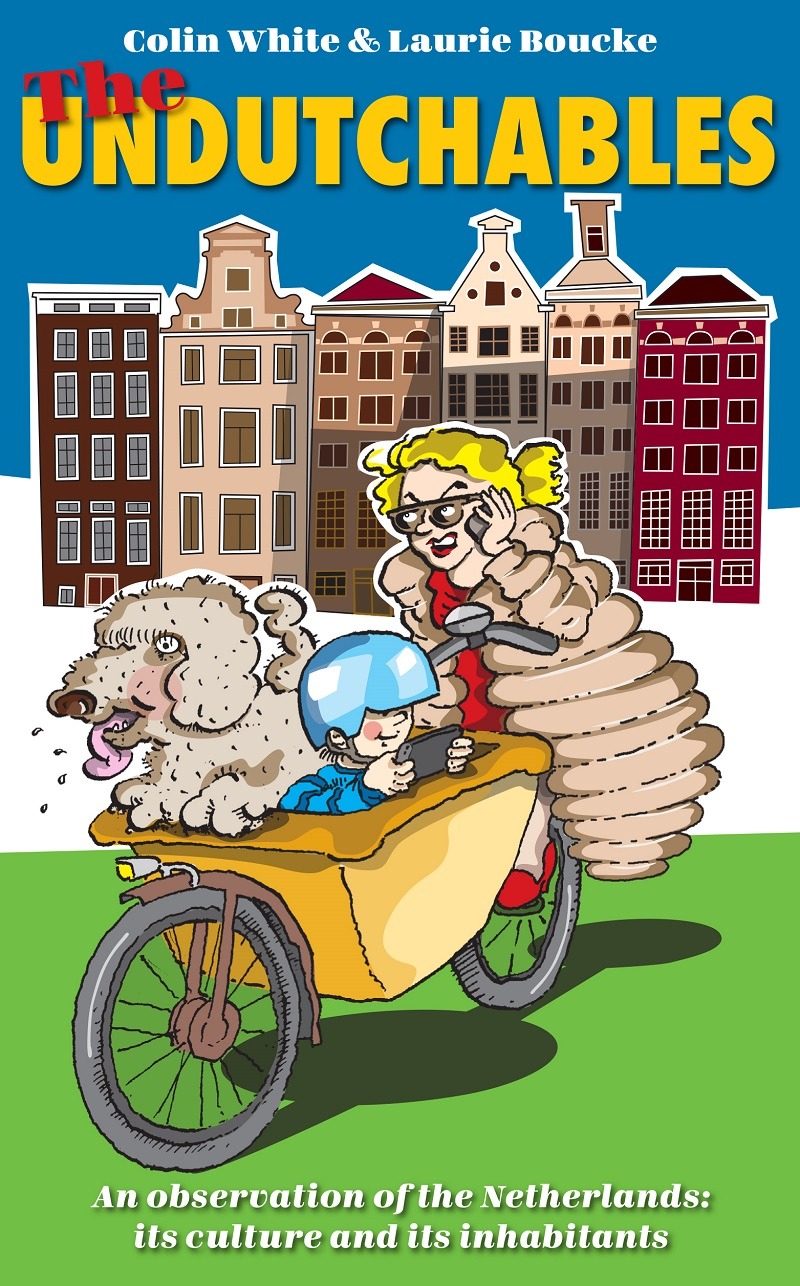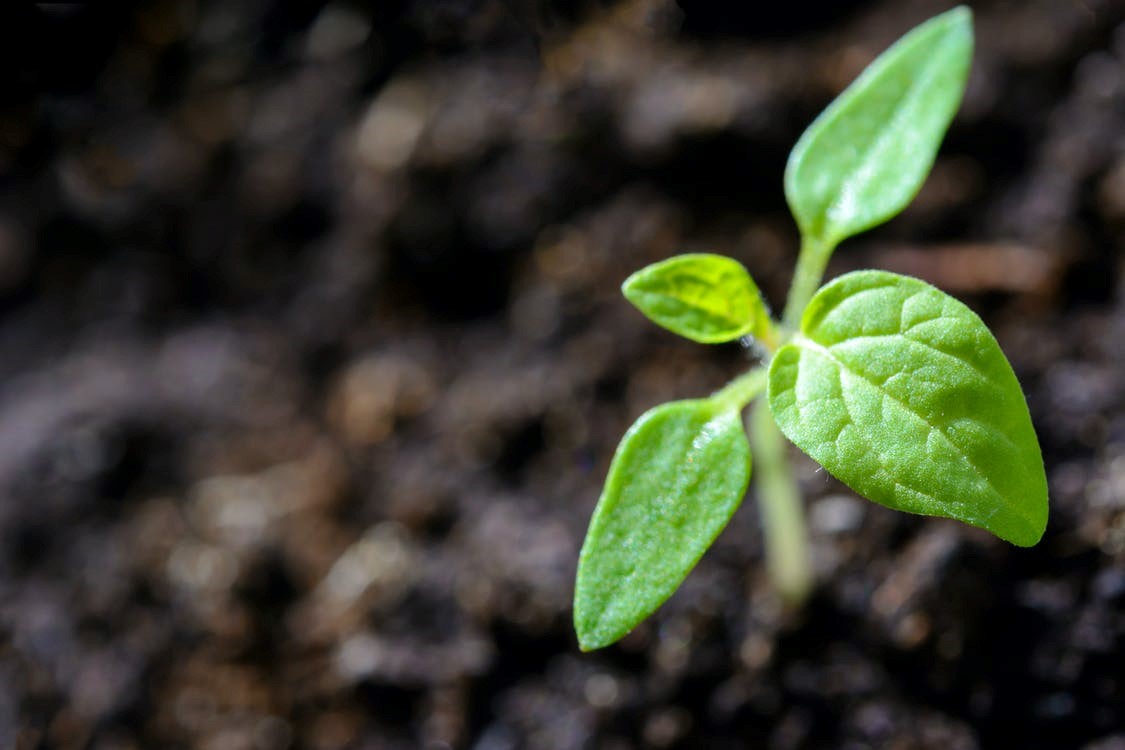Gardening has become a popular hobby in the Netherlands. It’s not surprising, considering how green and lush it is outdoors! But what if you want to have plants in your home or office with little or no access to natural light? This guide will teach you everything you need to know about indoor gardening in the Netherlands – from finding the right plant for your space, choosing an appropriate potting mix, caring for your new friends, and more.
We hope that this guide helps guide you through some of the common struggles when planting indoors!
Adequate light
One of the biggest challenges for indoor plant growers is finding a space that gets adequate light. While some plants can get by with indirect light, many need at least four hours per day of direct sun to thrive. If you’re not sure how much light your room receives, consider growing indoor plants that can thrive in indirect sunlight. Particularly in winter when not too much natural light is available, these types of plants can survive well in low light conditions.
Choosing container and potting mix
It’s important to choose the right container when planting indoors because it will affect drainage and weight constraints in addition to aesthetics. The best material for pots depends on what kind of soil mix you’ll be using – different mixes require specific kinds of containers! For example, if you plan on growing cacti or succulents in sandy soil, you’ll want to use a container that has holes in the bottom.
If your plants like dry soil, make sure you’re using a sandy potting mix with plenty of drainage! If you are growing plants that need more moisture, it’s best to choose glazed or plastic containers (with no drain holes) because they won’t let water through – this is especially important for houseplants since overwatering can cause root rot. Glazed clay pots are also great options if you plan on keeping your plant outside during the summer months – they help insulate roots from hot temperatures.
Temperature
In addition to finding a suitable space for your indoor garden, you’ll also need to check the temperature. Some plants only grow well in certain temperatures, so it’s important to keep an eye on them. For example, most tropical houseplants will die if exposed to temperatures below 12 degrees Celsius, while some like desert cacti can handle temperatures to -20 Celsius. Always make sure your plant isn’t right next to an air vent or radiator – these dry out the soil too much and cause stress to sensitive species like succulents.
If there are windows where you plan on placing your plant, open them during colder months whenever possible! This will help circulate colder air from outside and provide your plant with a wider range of temperatures.
Watering
Watering is another key factor in ensuring that indoor plants thrive. Always check for dry soil before watering: if you can still see moist soil below the surface, don’t add more water. Be careful not to over-water since this causes root rot and can destroy your plant.
Humidity is also important when caring for indoor plants. If it’s too low, plants can develop brown spots on leaves and dry out easily – which leads to stress! You should aim for 40-60% humidity if your plant prefers this level of moisture in its environment. Use a hygrometer (a device that measures relative humidity) if you’d like more accuracy.
Fertilizer
Finally, fertilizing is important to ensure your plant stays healthy. Different types of fertilizer are available for indoor gardeners but we’ll talk about dry or granular fertilizers! These contain high concentrations of nitrogen (N), phosphorus (P), and potassium (K), which promote leaf growth in most species. A ratio between 20:20:20 parts N-P-K works well for a majority of houseplant varieties. We recommend using an organic liquid fertilizer once per month during spring and summer. During the fall and winter months when plants aren’t growing as much, they don’t need fertilizer.
Moving around
Moving around indoor plants can be a tricky thing. Moving them too much will cause them to lose their nutrients, and if you don’t move them enough then they won’t receive the light that they need for healthy growth. Moving your plants will help prevent them from becoming stagnant or infected with pests like spider mites. Moving potted plants outside on nice days is also an excellent idea, but make sure they are well-protected from wind drafts and harsh sunlight before doing so!
When deciding where to put your plant, it’s important not just the size of the room, but how much light it will receive at different times of day as well as whether or not they need any particular temperature requirements while inside!
Tips for buying indoor plants online
The first thing that we recommend doing is understanding the different types of plants that are available. There are many options, so it can be overwhelming at times. You want to make sure that you know what type of plant will work best in your living space before purchasing one. Studioplant is a nice indoor plant webshop in the Netherlands. Here you can filter extensively on indoor plants that are suitable for your home situation. There are many factors that you should consider before making your decision, like the type of plant, whether it’s an annual or perennial, and the size of the pot. So make sure to keep all of these things in mind when choosing your new indoor plant.
We hope that this guide has been helpful and will encourage you to take the next step in your journey as an indoor plant owner!

How to arrange your energy contract ...
Moving to the Netherlands or switching homes? Whether you’re renting, buying or just here ...

Grocery shopping in the Netherlands ...
When moving to a new country, there’s a lot to get used to. Like ...

How to safely use public wifi netwo ...
Public Wi-Fi networks come with a significant risk to the security of your personal ...

Home care in the Netherlands: how d ...
If you have an older relative that is moving to the Netherlands with you, healthcare ...

The UnDutchables 9.0
Following the legendary previous eight editions of The UnDutchables, the 9th edition of this all ...

Gift giving in the Netherlands-all ...
If you feel like skipping your birthday, you may be in for a challenge when ...

Tips and tricks for Daily Life in t ...
With the Netherlands being a very rainy country, you will automatically have the title of ...

10 things you will find in every Du ...
The Dutch are very fond of houseplants, the more the merrier! You will find the ...

Your guide to Indoor Plants in The ...
Gardening has become a popular hobby in the Netherlands. It's not surprising, considering how ...

What are the Benefits of Having Sim ...
When you have just moved to the Netherlands, you will have to take care of ...